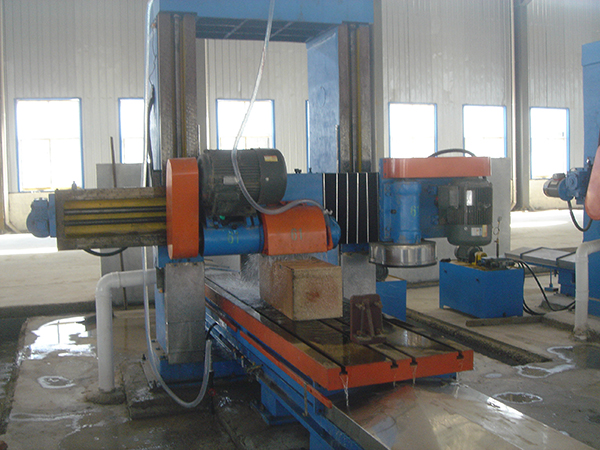Ways and methods to improve compressive strength of refractory bricks
Refractory bricks require high compressive strength, which is also an important performance basis for the selection and application of refractory bricks. So what methods can be used to improve the compressive performance of refractory bricks? Shenyang Pengcheng Non-metal Equipment Company gives the following Aspects of approach:
1.Increase the forming pressure of refractory brick grinder
Increasing the molding pressure of the refractory brick mill makes the density of refractory bricks higher. Only by increasing the density of the bricks can high-strength sintered bricks be fired. The compressive strength of fired bricks with a forming pressure of 2.2 ~ 2.3MPa is generally 13.9-15MPa, and the compressive strength of fired bricks with a forming pressure of 3MPa can easily reach 20MPa.
2. Properly increase the temperature of sintered refractory bricks
The test proves that the same raw materials and the same bricks produced by the same brick machine have different firing temperatures and different strengths of the sintered refractory bricks. The compressive strength of the bricks increases as the firing temperature of the tunnel kiln increases.
3. Properly extend the holding time
The test proves that the same raw materials, the same brick machine, the same heating and cooling speed, the sintering temperature is 900 ° C, and the holding time is different, the compressive strength of the sintered brick is also different. Compressive strength and quality are beneficial.
4.It is recommended to use low temperature long burning
At present, sintered refractory bricks are generally doped with internal combustion, and most of them use "high-temperature short-fire" to increase production as the goal. Long-term practice has proved that the internal combustion bricks adopt the "high-temperature short-fire" firing method, which has a certain impact on improving the quality of refractory brick products. Products often have black hearts, black scars, cracks, embossing and other phenomena, and their compressive strength is also reduced. More serious is the increase in coal consumption, waste of energy, and is not conducive to protecting the ecological environment. Therefore, "low temperature long burn" is recommended. Using low temperature long burning, under the condition of internal combustion at about 80%, the interval from 650 ~ 900 ℃ should not be less than 6h, and the interval from 900 ℃ to the end of product firing and sintering should not be less than 6h. 12h, the internal combustion in the center of the green body may be completely burned, and it can play its full thermal energy.
